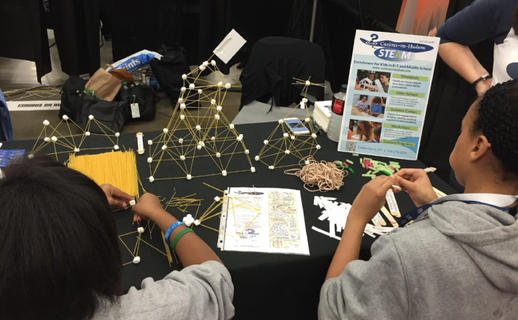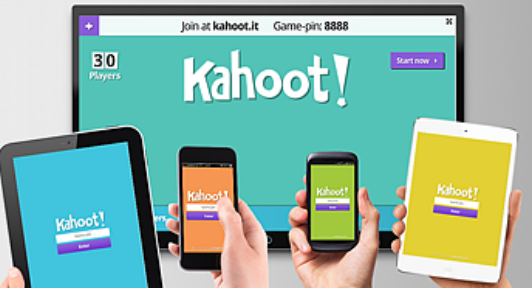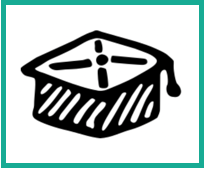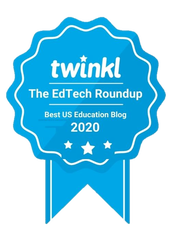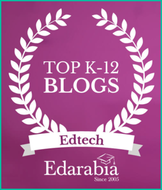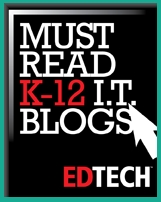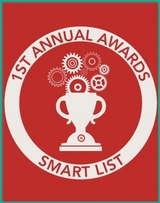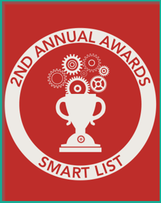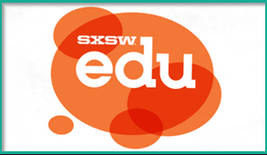
However, there is a new wave of hands-on learning taking on today’s classroom: maker education. It’s no secret that today’s educational climate is heavily focused on STEM (Science, Technology, Engineering, Math) and student assessment. Maker Education understands that need, but also understands students need to make, play and create.
Learning through making was a huge theme at this year’s SXSWedu, as seen through sessions such as “The Impact of Critical Making” (featuring President of Rhode Island School of Design, Rosanne Somerson.) As noted in the session’s summary: “When students connect advanced conceptual thinking with the materials and methods of making, they learn to actively invent the world, shaping their futures and ours.” Somerson explained in her presentation that if you gives students to work in paper or found objects, it solidifies that notion of transformation; of coming up with an idea and iterating it through a series of sequences. The goal of the maker education isn’t the final product, but is instead the process it takes to get you there. Educators are giving students the challenge of rethinking the question and coming up with a new solution based on their individual thinking process.
“Making” in the classroom plays a critical role in the relationship between cognitive development and educational achievement. Somerson explained, “Craft skills are particularly relevant to scientific practice; fine motor skills are needed to pull a DNA strand in a lab or do surgery. It’s the imaginative thinking that comes from the deep understanding of know-how to build something from scratch.” The skills that students develop in hands-on activities in K-12 education are skills that will help them succeed and excel outside of the classroom.
Somerson’s talk gave a whole new meaning to the team “college and career readiness” — but what does it mean to be college and career ready? The Educational Policy Improvement Center defines it as the “content knowledge, skills and habits that students must possess to be successful in postsecondary education or training that leads to a sustaining career,” and includes an emphasis on math, science, and reading comprehension skills. While these skills are essential to preparing our students for the “real world,” the purpose of Somerson’s talk--and the mission of maker education--is to educate us on how essential the A of STEAM is in preparing our students for life outside the K12 classroom.
Great examples of STEAM at work at SXSWedu were Curious on Hudson and Kahoot!, two organizations that are putting making and creativity into otherwise monotonous activities:
Curious on Hudson
Located in Dobbs Ferry, New York, Curious on Hudson provides students of all ages with innovative learning opportunities by directly integrating Art into STEM. In an interview with the Daily Voice, creator Adele Falco said, “We wanted to create an atmosphere where people can share their knowledge, ideas, talent and creativity with others.” The organization serves as an open, collaborative space that encourages a hands-on approach to learning. For students, they offer enrichment classes that exposes students to the art side of science and engineering. Learn more about their enrichment programs here.
Described as a ‘game-based classroom response system’, Kahoot! is making quizzes, tests and assessments fun again. The platform provides classrooms (of all ages) with user-friendly tools to create in-class tests, quizzes, surveys and questionnaires. Both teachers and students have the ability to create their own assessments and have the class compete for the answers in real time. Download a copy of their User Guide to find out how you can bring Kahoot! into your classroom.
About the Author
Michelle Manno is the Community Manager for Teach.com, a resource for current aspiring educators, made in partnership with USC Rossier School of Education. She is also a graduate student earning her Masters in Educational Psychology. A former Special Education teacher, Michelle is passionate about the power of high-quality teacher education and it’s impact on student achievement. In her free time, she enjoys yoga, film photography, and exploring NYC. Connect with her on twitter @michellermanno

